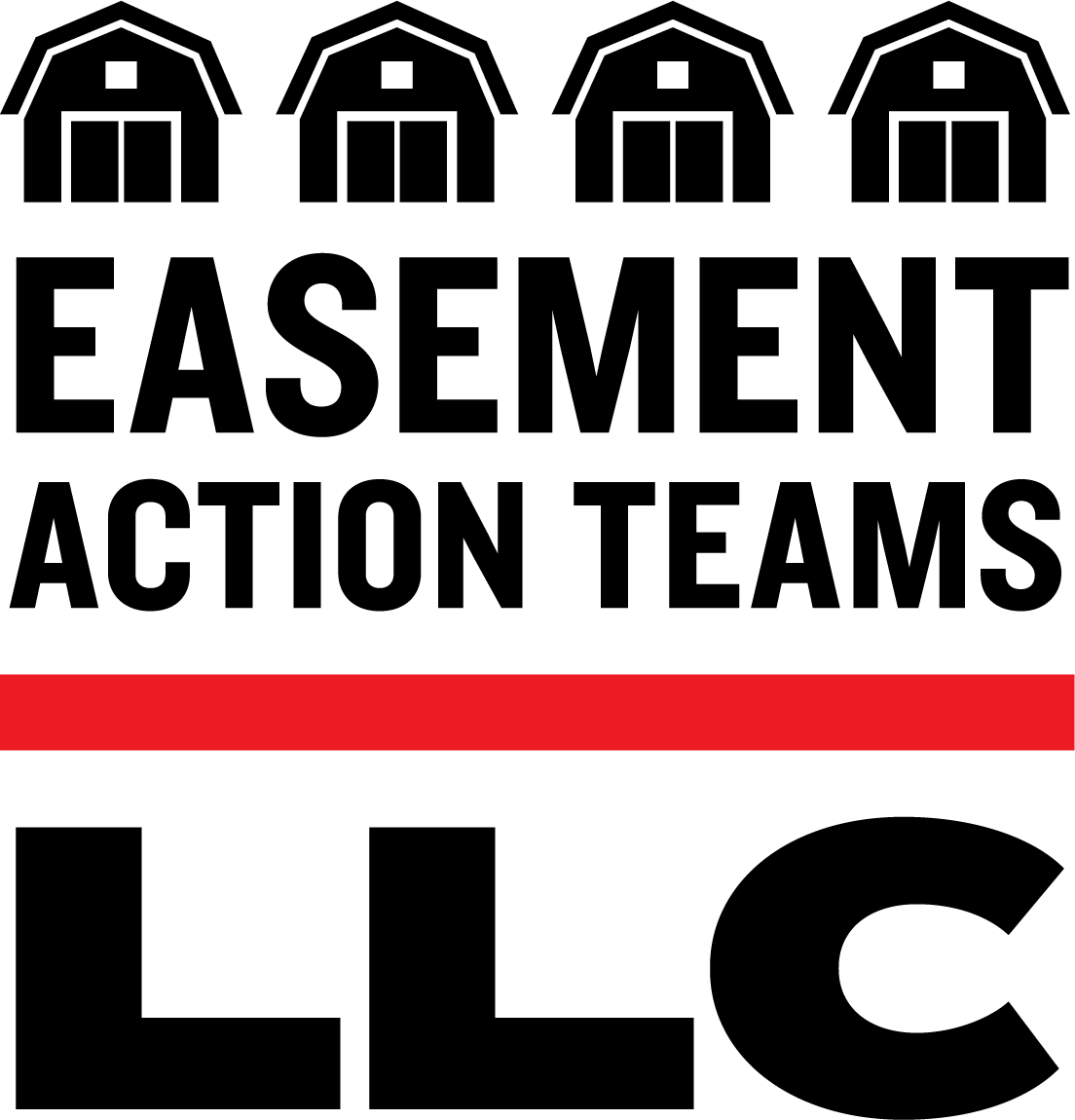Lincoln County, South Dakota Passes CO2 Pipeline Ordinance
The Lincoln County Commission in South Dakota on April 22 voted to pass a new ordinance related to carbon dioxide (CO2) pipelines.
The new Lincoln County Ordinance:
Establishes a 500-foot setback between CO2 pipelines and residential property lines.
(Landowners may waive this requirement by filing with the county).
Establishes a 1,320-foot setback from above ground facilities, which may be increased based on plume modeling.
Establishes a quarter-mile setback from other Carbon, Capture & Storage (CCS) facilities and dwellings, churches, schools and businesses.
Prohibition on routing pipelines through municipalities
Ground cover: Minimum 7 feet of soil covering CO2 pipelines underground
Fee per linear foot: $5 / foot of CO2 pipeline fee paid to the county, to defray costs associated with enforcing the ordinance.
The Lincoln County Commissioners first heard the Ordinance during its meeting on April 8. The Commissioners voted to pass the ordinance (See 29:00 in the video) during a second reading on the same day that Summit Carbon Solutions is scheduled before the South Dakota Public Utilities Commission (SD PUC), to present its “plan” in favor of its requested “pause” on the company’s CO2 pipeline permit application before the Commission. The company has stated its new plan in South Dakota would include a smaller footprint with fewer ethanol plant partners included.
Landowners filed a motion to deny Summit’s request for a “pause,” and instead argued the current permit application as it was filed by Summit should be rejected by the Commission.
South Dakota recently passed a state law banning the use of eminent domain to seize landowners’ property against their will for CO2 pipeline projects in the state. The South Dakota Supreme Court has also ruled that Summit did not prove it has authority as a “common carrier” that would allow the company to use eminent domain authority under state law.
The new ordinance in Lincoln County adds to existing pipeline ordinances in Moody, Sanborn, Minnehaha, Spink, Brown, McPherson, and Edmunds Counties in South Dakota. Under South Dakota state law, Summit must abide by these County Ordinances should it wish to engage with landowners there.
“This is a historic moment for landowner rights in Lincoln County. I have worked on this with other landowners for almost four years, and today our commission passed an excellent ordinance that doesn’t stop the project – but gives landowners peace of mind that their interests are protected,” said Tony Ventura, a Lincoln County impacted landowner.
“After years of working on an ordinance, the Lincoln County Commission voted 3-2 to accept an ordinance that was passed unanimously by LC Planning Commission. This ordinance represents the good governance that can come from grassroots citizens working alongside county Commissioners and Planning officials to create an ordinance that ensures the orderly and efficient growth of our county in keeping with our new Comprehensive Plan. This does not prevent a CO2 pipeline, but, among other things like setbacks, it ensures transparency during the process. Notifying the public so they have a chance to determine if a CO2 pipeline is something they want in their neighborhood. It also makes all plume models public, giving citizens the right to the information that lets them determine their own futures. A CO2 pipeline means our first responders will need different equipment to respond to this type of an emergency. This ordinance funds emergency responders’ equipment needs into the future, and also allows modern farming and agricultural practices to happen unimpeded. We are grateful to the Lincoln County Planning Commissioners, and the Lincoln County Commission, especially Commissioners Betty Otten and Doug Putnam who worked with landowner input to write this ordinance,” said Sara Stevens, impacted landowner in Lincoln County.
